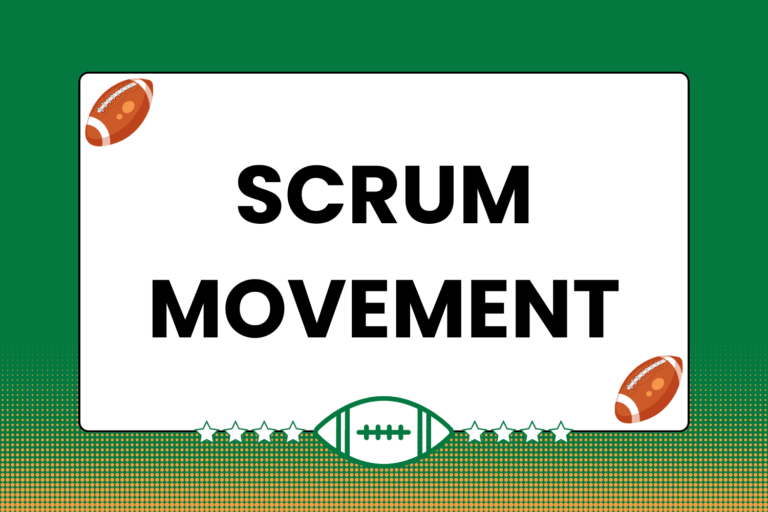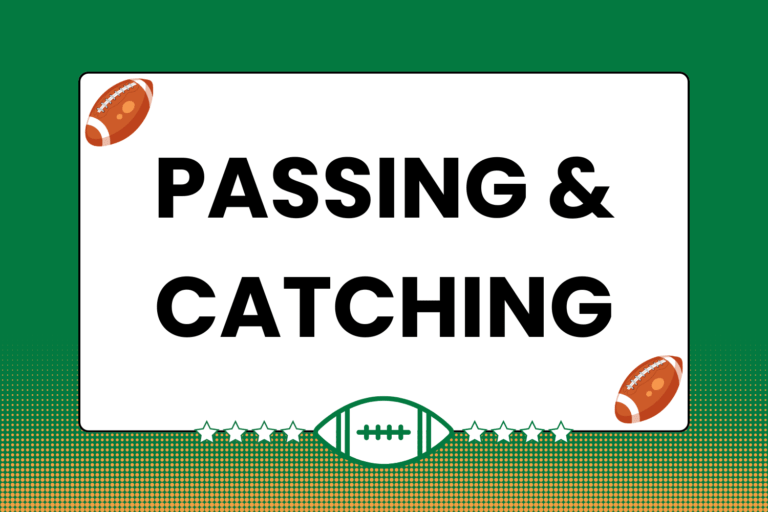Proper tackling technique is crucial to playing effective defense in rugby. Focusing on correct positioning becomes a fairly worthless mission if the players don’t know what to do when confronted by the ball carrier. Emphasizing sound tackling techniques helps players of all sizes feel confident that they can take the ball carrier down, regardless of the ball carrier’s physique. This guide focuses on how to teach the rugby tackle to new players.
Teaching the Technique
Before your team starts wrapping each other up, explain to new players that tackling actually happens in three different stages. These phases build on each other &mash the first one leads into the second, and the second into the third. Below is a breakdown of the three phases of the rugby tackle.
Hot Tip: How to Teach
When teaching players any new skill, it’s vital to combine the explanation with a slow-paced demonstration. While you discuss each of these three phases, act out the motions as you describe them. Demonstrations show players exactly what you mean as you describe the maneuvers.
Getting into Position
Explaining the pre-tackling position is the first step in teaching players to tackle. Though no actual physical contact is made in this phase, it’s important for players to understand that being in the right position before a tackle makes it much easier to successfully bring the ball carrier down. Here’s an outline of the teaching points for this phase:
- Have a player stand with the ball. Position yourself one to two meters away from the ball carrier. Explain that this is the proper pre-contact distance to have before closing in on the ball carrier to make a tackle. You should also move back a few meters, so players see what it looks like to be “too far away” as well.
- Next, explain the stance players should be in at this point: Knees bent, feet about shoulder-width apart, back straight, and head up. Tell players that being in this position helps establish control over the ball carrier as you begin the tackle.
- Last, explain that your arms should be raised about waist-high, with the hands up so both palms are pointed at the ground. The elbows should also be slightly bent.
The key teaching point for this phase is body positioning, regarding both the tackler’s stance and position relative to the ball carrier.
Establishing Contact
After getting into position, establishing contact with the ball carrier is the next phase. When introducing this step, it’s a good idea to stress the safety issue with players. Explain that safety is a major reason for learning proper tackling technique. A sound tackle brings the ball carrier to the ground, but in a safe manner. The key to making a safe tackle is finding the “safe side” of the ball carrier, explained below:
- When attempting a tackle, the ball carrier usually approaches the would-be tackler from an angle. Running straight at defenders is discouraged for an offensive player, because the defender has a much better chance of tackling the ball carrier.
- Because the ball carrier usually approaches defenders at an angle, one side of the ball carrier’s body is closer to the defender than the other. This close side is the safe side, and should be the focus of the tackle.
- It’s up to the tackler to pick the safe side if the ball carrier approaches straight on.
When establishing contact during a tackle, the focus should be on how to close the gap between the tackler and ball carrier, while also concentrating on the correct way to initiate contact prior to taking the ball carrier down.
- The first step is to determine the “safe side” of the ball carrier. This is only difficult if the ball carrier is coming at you straight on, which is unlikely.
- Next, close the gap between you and the ball carrier. This should be done in no more than a few quick steps. From the stance detailed in the “Positioning” phase, move up to the ball carrier’s safe side.
- Establish contact by putting the shoulder closest to the ball carrier into their body. Aim for a spot between the thigh and midsection.
- Make sure your head is on the other side of the ball carrier, so his body is between your shoulder and head. This helps control the ball carrier, while also ensuring that your head doesn’t get caught between the ball carrier and the ground in the next phase.
- Bring the arms up and wrap them around the ball carrier.
Emphasize that your feet should never stop moving during this phase. Inexperienced players often plant both feet on the ground when they make contact with the ball carrier. Doing so drastically reduces the tackler’s momentum, and makes it much harder to finish the tackle.
Finishing the Tackle
After establishing contact with the ball carrier, the final phase is finishing the tackle. The transition from contact to finishing happens when the tackler wraps up the ball carrier. With this phase, it’s important to stress to players that the tackle doesn’t end until the ball carrier goes to the ground. Newer players that are unfamiliar with making tackles will likely hit the ball carrier and just stop moving. Here’s a breakdown of the steps needed to finish the tackle:
- Squeeze your arms and pull the ball carrier into your body. This should put the ball carrier off balance, and make it easier to take him to the ground.
- As you squeeze, turn your upper body into the ball carrier, like you’re trying to push him away with your head.
- By squeezing with your arms and the pushing with your shoulders, you should start tipping the ball carrier over. Continue pulling and pushing until both you and the ball carrier fall to the ground.
Again, stress the importance of keeping the feet moving. Some players will be able to just muscle the ball carrier to the ground, but most will not. Regardless, the momentum generated by keeping the feet moving makes it much easier to quickly finish the tackle. Once you take the ball carrier all the way down, the tackle is complete.
Practice Makes Perfect
Many people enjoy rugby because of the game’s physicality — especially the players. By teaching players the right way to act in contact situations, you can keep the players safe and provide them with the tools to be successful. Remember to go over each of the steps and phases listed here patiently. Make sure the players can demonstrate all the parts of one phase before moving on to the next.





